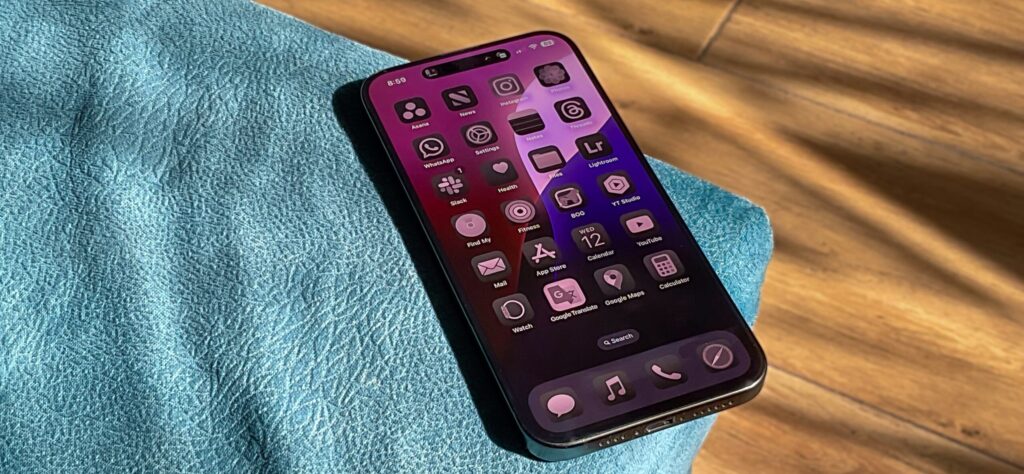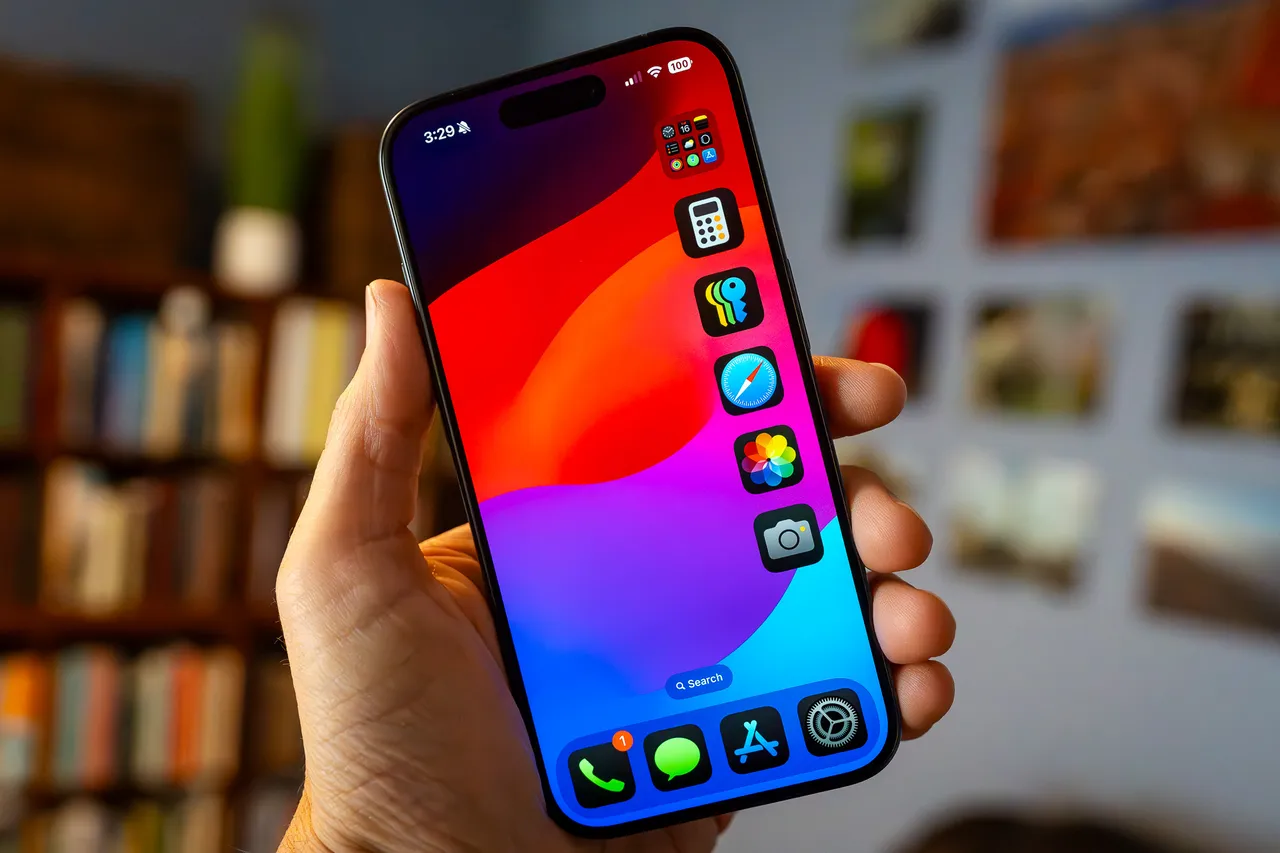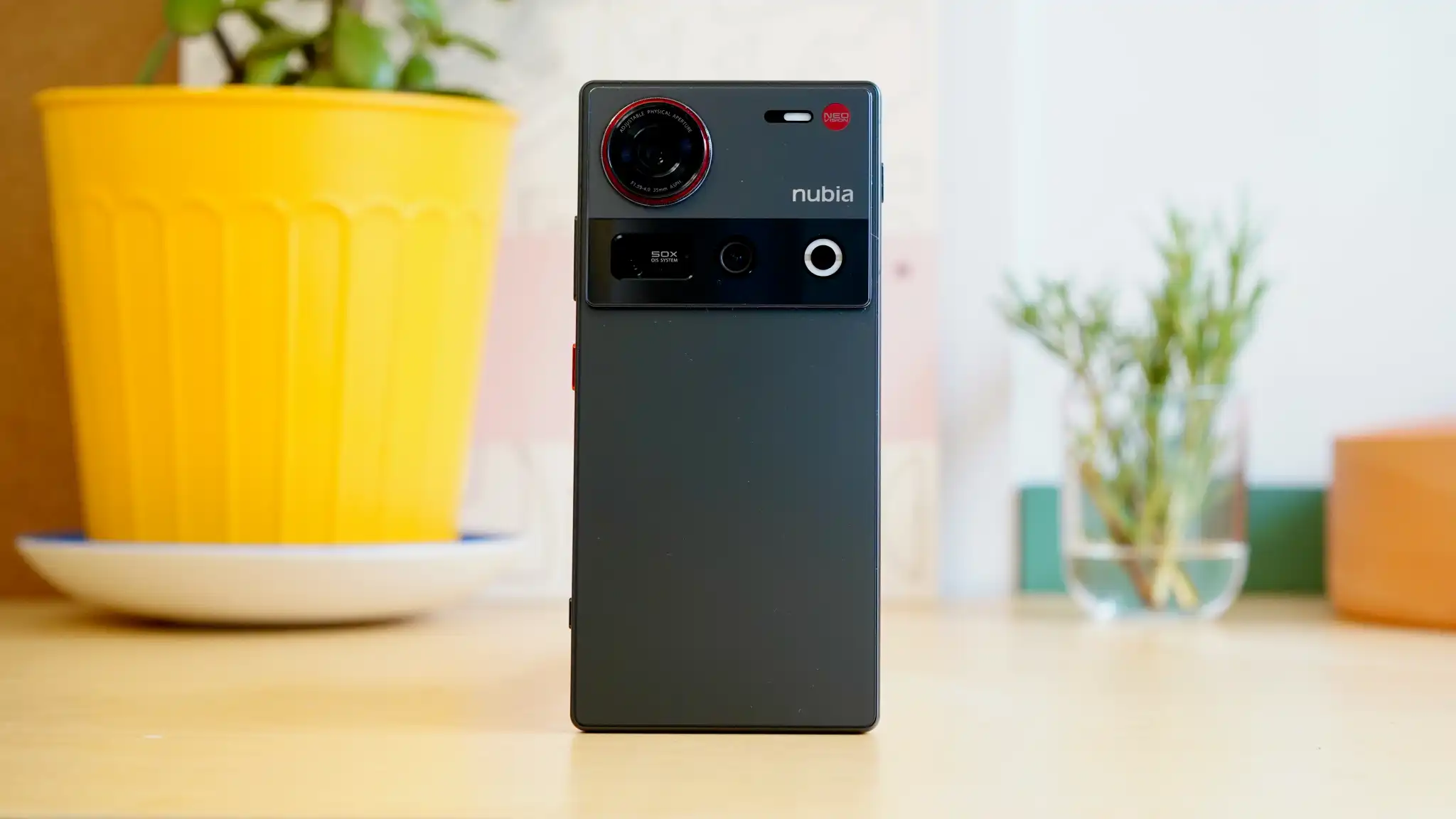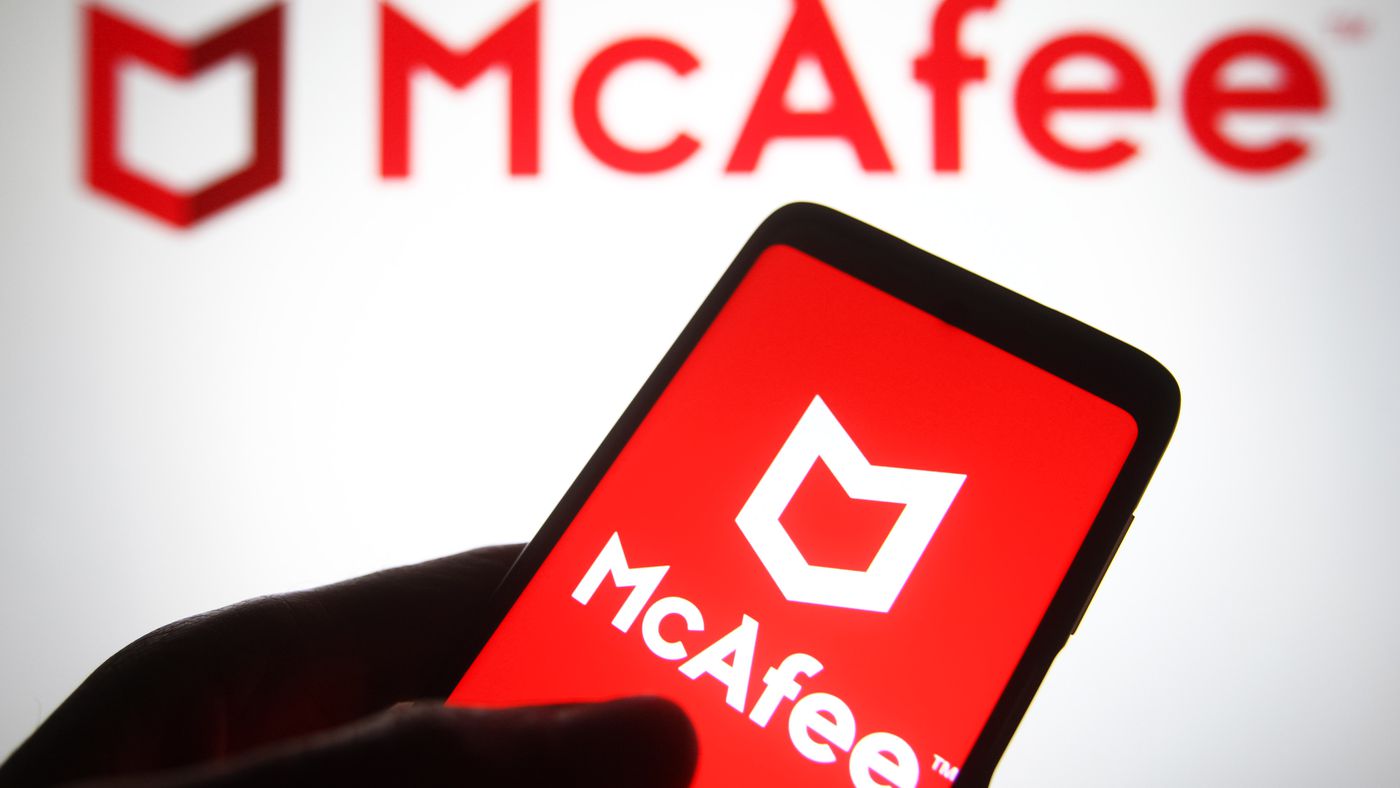
With the release of iOS 18’s sixth public beta on August 29, Apple has introduced exciting new features aimed at enhancing security for your iPhone apps. The update, which comes just before the company’s iPhone launch event on September 9, includes improved message scheduling, a more customizable lock screen, and, notably, new options for locking and hiding apps. These features are particularly beneficial for those who want to safeguard their devices from unauthorized access, such as parents concerned about their children making accidental purchases.
One notable incident highlighted by CBS involved a 5-year-old child who racked up over $3,000 in purchases from Amazon using her mother’s phone. While the situation was resolved, it underscores the need for additional security measures. iOS 18’s new features provide a practical solution to prevent such issues.
If you’re considering trying the iOS 18 beta, it’s wise to do so on a secondary device rather than your primary one. Since this is not the final version of iOS 18, you may encounter bugs and reduced battery life. For instance, I’ve been using the beta on an old iPhone XR to avoid disrupting my iPhone 14 Pro.
Although iOS 18 is expected to be released to the public this fall, a specific release date has not yet been announced. Here’s how you can utilize the new security features to lock and hide apps on your iPhone:
How to Lock Apps on iOS 18:
- Long press on the app icon.
- Select “Require Face ID.”
- Confirm by tapping “Require Face ID” again.
This action will require Face ID or your passcode to access the app. Note that not all apps can be locked; essential apps like Camera, Find My, and Settings are exempt. However, you can lock most other apps, including third-party ones.
How to Hide Apps on iOS 18: Hiding apps is similar to locking them and also involves the Face ID requirement. This feature is available primarily for third-party apps like Instagram and Twitter.
- Long press on the app icon.
- Tap “Require Face ID.”
- Select “Hide and Require Face ID.”
You will then need to confirm by entering your Face ID or passcode. The app will be removed from your home screen and placed in a Hidden folder within the App Library, with no notifications sent from it.
To view your hidden apps:
- Swipe right to access the App Library.
- Scroll to the bottom and tap the Hidden folder icon.
- Enter your Face ID or passcode to view the hidden apps.
How to Unhide and Remove Locks: To unhide or remove a lock from an app, long press on the app, select “Don’t Require Face ID,” and authenticate with Face ID or passcode. The app will then be unlocked and removed from the Hidden folder. To re-add it to your home screen, go to the App Library, long press on the app, and choose “Add to Home Screen.”




